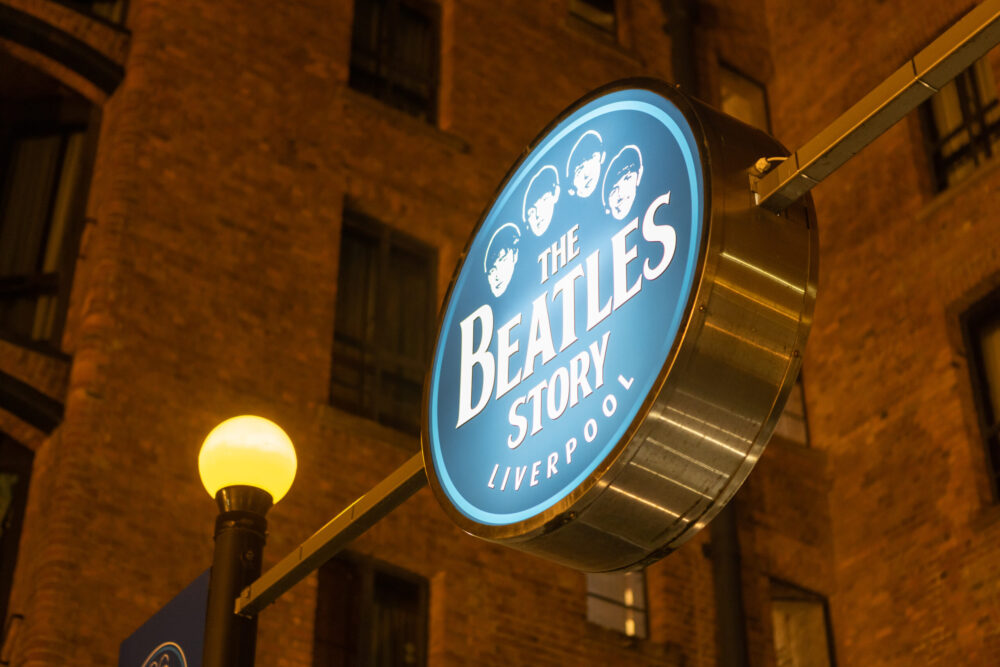
Beatles
12 Beatles Songs for different moods
10 years ago
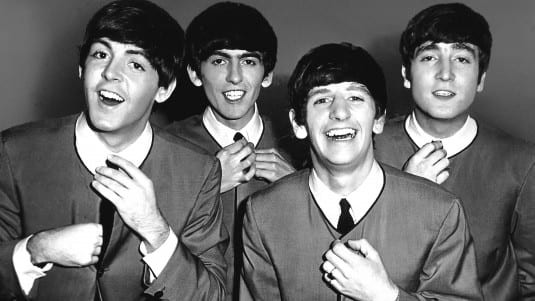
When regularly asked what is my favourite Beatles album or song, I answer the same every time. I don’t have one. With the Beatles music – including their solo work – it is so vast and great it is near impossible to pinpoint an individual moment to say is their best.
One of the things that is most amazing about the Beatles music is that it never ages, what was relevant then still seems relevant now. The pains and pleasures we feel today were the same in the 60s. This makes the Beatles relatable, their music is timeless. Their message and comfort still stands even after 50 years.
Here are songs for everyone, which can help and speak to you in whatever mood you find yourself in.
Feeling Thoughtful?
Nowhere Man
Nowhere man is a Lennon song, recorded for the Rubber Soul album. It is one of the first songs where John shows how philosophical and deep he is with his song writing. He wrote this and later admitted that he considered himself a “nowhere man”. The song is a powerful song that speaks to those who feel a lack of direction, and it has a hope that even the successful writer of the song felt the same.
In My Life
In my Life is one of the greatest Beatles songs that we all know, it speaks about the changes Lennon had seen in his life up until that point. Lennon originally wrote it as a long poem about his bus route home along Menlove Avenue, mentioning Penny Lane and Strawberry Fields in the earliest lyrics that can be seen in the British Library.
This is marred with happy memories and of course sad memories. For Lennon he remembered his playful childhood but also remembered his best friend Stuart, who was an original Beatles member who died of a brain haemorrhage in 1962.
For everyone else, it is a song that instantly has the ability to send us to another time and place. For many Liverpool fans, it reminds us of Istanbul 2005.
Across the Universe
John Lennon wrote Across the Universe as a master piece of lyrics. Strangely it was initially inspired by an argument that John was having with his first wife Cynthia. He is noted as saying;
I was lying next to my first wife in bed, you know, and I was irritated. and I was thinking. She must have been going on and on about something and she’d gone to sleep and I kept hearing these words over and over, flowing like an endless stream. I went downstairs and it turned into a sort of cosmic song rather than an irritated song, rather than a “Why are you always mouthing off at me?”
The song was released by WWF as part of a charity album, it was later released as part of the Let It Be album. John later expressed how annoyed he was that not enough effort was made by the other Beatles to make it a great song, he felt they had been uninterested and that the song could have been much better.
Blackbird
Blackbird is one of the most beautiful of Beatles melodies. Paul and George when starting out would go to parties and show off by playing classical guitar to people to show that they were more than just rock and roll.
Years later Paul Mccartney adapted the old Bach songs they used to play to come up with the melody for Blackbird. With difficult music but simple lyrics, it makes for very easy listening.
There has been debates for years about what the song means, even Paul McCartney has adapted its meaning a few times. The best and most common is that Paul wrote it using Scouse slang for the Black Civil Rights struggle that was still ongoing in the 1960s. He sung about an imaginary black woman (bird) who was ready and waiting to take her metaphorical broken wings and fly.
While the meaning is up for debate, it made for one of the best songs in the Beatles famous White Album.
Feeling Sad?
Here comes the Sun
George Harrison wrote some amazing songs with the Beatles and as a solo artist. None more so than Here Comes The Sun recorded for the Abbey Road album in 1969. The song is beautiful and speaks of optimism and comfort in times that appear to be dark.
Although it’s commonly interpreted in a figurative way, it was written in a very literal way. George in his biography “I, Me, Mine” writes;
“Here Comes the Sun” was written at the time when Apple was getting like school, where we had to go and be businessmen: ‘Sign this’ and ‘sign that.’ Anyway, it seems as if winter in England goes on forever, by the time spring comes you really deserve it. So one day I decided I was going to sag off Apple and I went over to Eric Clapton’s house. The relief of not having to go see all those dopey accountants was wonderful, and I walked around the garden with one of Eric’s acoustic guitars and wrote “Here Comes the Sun”
Not only that, but the song was written in April 1969 there was a recorded 189 hours of sunlight in April, a high that was not beaten until 1984. Data also shows that February and March were much colder than the norm for the 1960s, which would account for Harrison’s reference to a “long, cold, lonely winter”
All Things Must Pass
This is a solo song of George Harrisons which is the title song for the Album “All Things Must Pass” – The song speaks simply and beautifully of the reality of life. “Sunlight doesn’t last all morning, a cloudburst doesn’t last all day” – The songs opening lines tell us simply and easily that lifes beauty passes. Nothing lasts. But it also has a tune and lyrics which speak so optimistically of it, like it must happen and that we have to carry on.
This song was originally written for release with The Beatles, but John and Paul didn’t want it. Rejecting this song which has later became known as the “Greatest Beatles song never made”. George wrote this song and was heavily inspired once again by Bob Dylan, writing this song after spending time with Dylan and The Band in Woodstock.
This song can be heard on Georges 1970 Album “All Things Must Pass” or it can be heard on The Beatles Anthology.
Let it Be
Paul McCartney wrote this song in the late 1960s after his mother – Mary – Appeared to him in a dream telling him everything will be alright and that he should just “Let it Be.” Paul woke up out of bed and just wrote the song without thinking. Since then it has become known worldwide as one of the greatest songs ever written – A true timeless song.
The words speak simply and easily. Much like “Hakuna Mattata” or Bob Marleys “Don’t worry about a thing” – It speaks of the need to not worry, just let it be.
It was a timely song for Paul to write, as the Beatles splitting up was around the corner.
Feeling Happy?
Twist and Shout
Originally a hit for the Isley Brothers in 1962, The Beatles adapted it in their early Cavern Club days to finish their set as they knew it would get the club dancing.
When the Beatles were recording their first album, Please Please Me, they were subject to recording an 11 songs for the Album in only 10 hours. At the end of the day John Lennons voice was going, he was drinking milk and sucking on cough sweets to try to maintain his voice. At which point George Martin wanted to record the 11th track – Twist and Shout. With 15 minutes until the deadline, John done the vocals for Twist and Shout in just 1 take. A second take was attempted, but John’s voice wasn’t up to it. So the song we hear and love was created in just 1 take, with a voice that couldn’t sing another word!
Twist and Shout has been known ever since as a famous Beatles rock and roll song. It was performed live at the Royal Variety, where John Lennon made a famous comment about the class differences and created an awkward wave from the Queen Mother.
Hey Jude
Hey Jude is known as the Greatest Beatles Number 1 of all time, and if you visit the Cavern Club these days, many bands won’t finish with Twist and Shout, but they will finish with Hey Jude. Its 4 minutes of vocals and piano is then equalled with 4 minutes of “Na Na Na Na”.
Paul Mccartney wrote this song and the official meaning is that it was wrote as a song for Julian Lennon, John Lennons first son, to comfort him during John and Cynthias divorce in 1968. It was originally called “Hey Jules” but was changed to Jude later on.
Many think that it may have been written about Paul McCartney himself after his break up with Jane Asher. John Lennon felt that Paul had written it as a song for him, as a way of Paul showing his blessing to John and Yokos new relationship. Either way, this song is amazing. Its one not only to find comfort in, but to have a good sing along to.
Get Back
Get back is the closing song on the Beatles final album, Let it be. It was written by Paul McCartney and is most famously sung on the rooftop of the Apple studio during the filming of the Beatles film during the sessions. It was also released as a single, with Don’t let me Down as the B side. When this song became number 1 in the US singles chart, The Beatles surpassed Elvis as the artist with the most number 1 singles, making it 17 US number ones.
This song, although is written during the Beatles break up, shows the fun that ther band could have while creating music. They sat down in the stupid and just made this song up out of thin air, playing and toying about with lyrics for the duration. The lyrics mean nothing, although Lennon did later take offence and publically said that Paul McCartney looked at Yoko Ono in the studio every time he sang the line “Get back to where you once belonged.”
Feeling Loving?
Something
This is another George Harrison song that is known as one of The Beatles greatest ever songs. He wrote it for his wife – Patti Boyd – He was known to sing it to her in the kitchen. The song is simple and brilliant in what it tries to say and how it says it.
Frank Sinatra has been known to say that it is “The greatest Lennon/McCartney song”, and many others have had this as their wedding song.
It was released as a double A sided single alongside Come Together, it was the first George Harrison A side single and it was the only George Harrison number 1 before the bands split in 1970.
All you need is love
This song is so simple, brilliant and universal in its message. In 1967 the BBC asked The Beatles to write a song for the world’s first ever universal broadcast on a ground breaking moment in TV history, a show called “Our World.” The Beatles already had many songs in store, but one of John Lennons was “All you need is love” – a few days before they were due to be live to the entire world, John still hadn’t finalised his wording.
The day came, the world was watching and Britain was nervous, and there sat John Lennon casually chewing a chewy singing the words of all you need is love as a universal message live for the 400 million people in 25 countries around the planet.
The song speaks simply of the world’s singular universal need – Love. To love one another and that it can be done. John later admitted when asked in 1971 whether songs like “Give Peace a Chance” and “Power to the People” were propaganda songs, he answered: ‘Sure. So was All You Need Is Love. I’m a revolutionary artist. My art is dedicated to change.’
By Dale Roberts




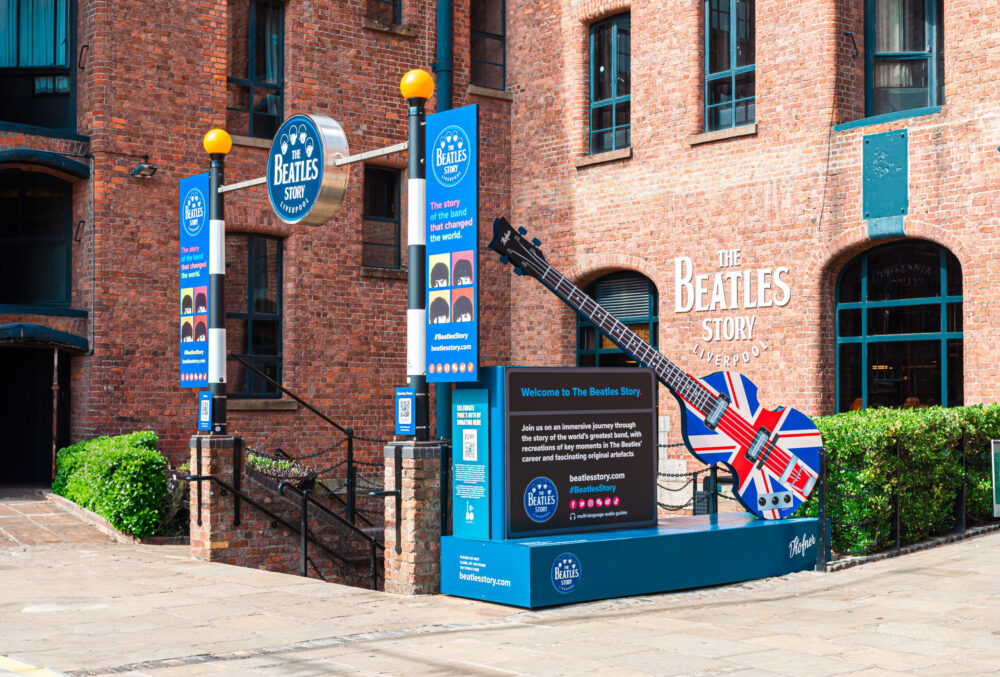
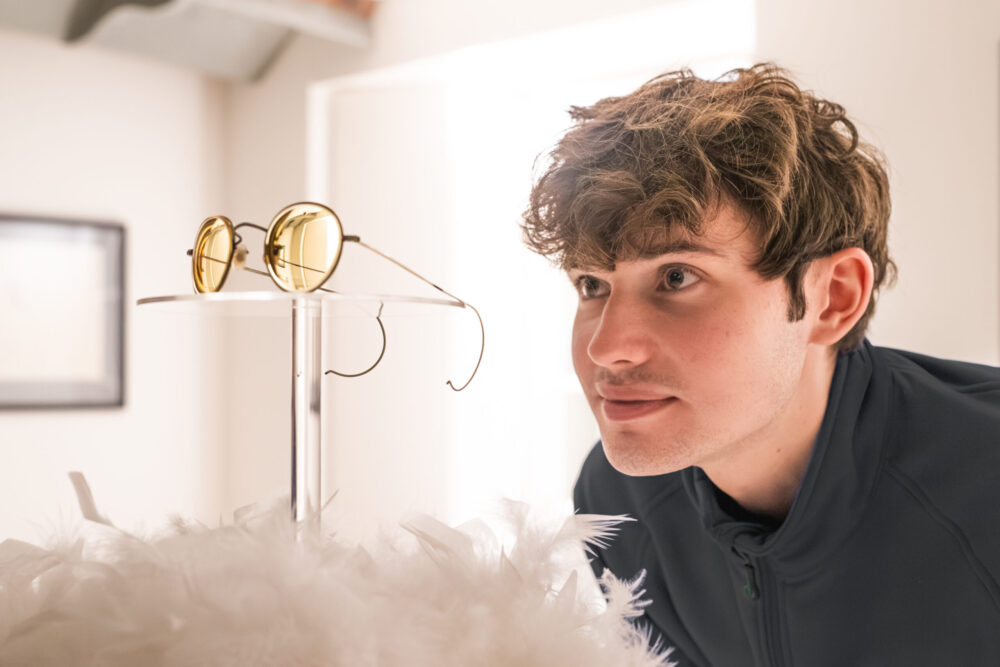
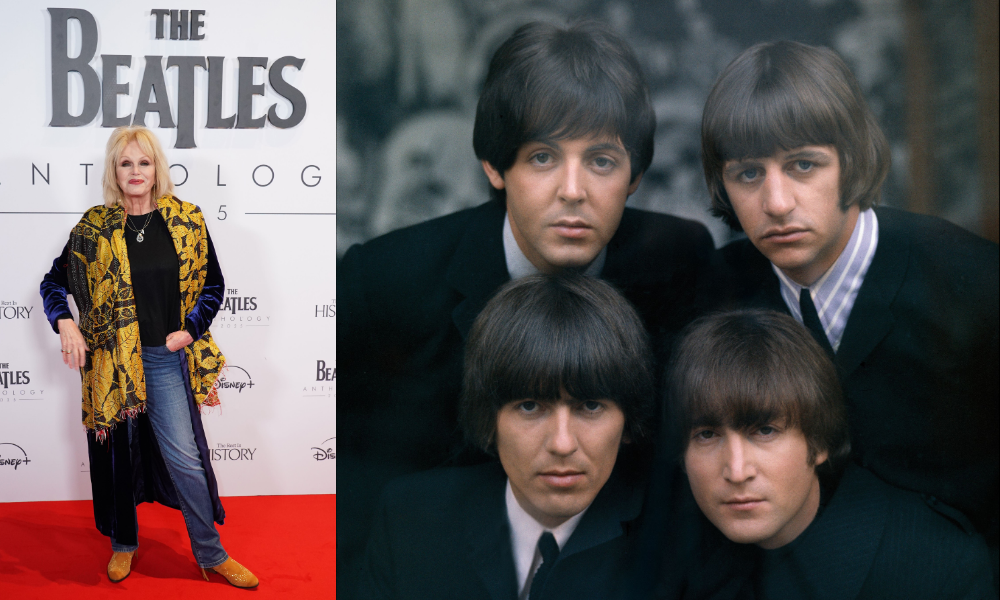
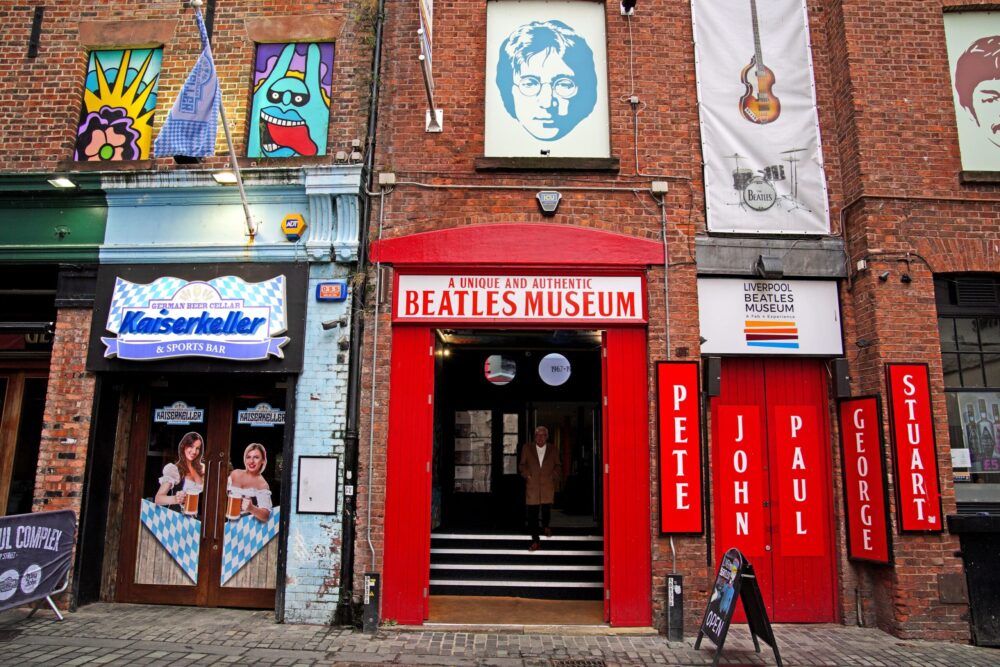
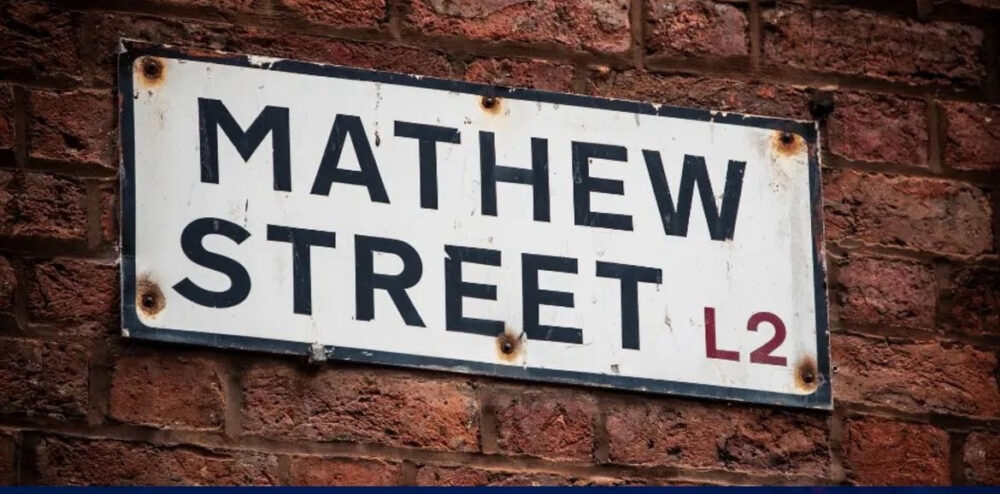
 Subscribe
Subscribe Follow Us
Follow Us Follow Us
Follow Us Follow Us
Follow Us Follow Us
Follow Us Follow Us
Follow Us











